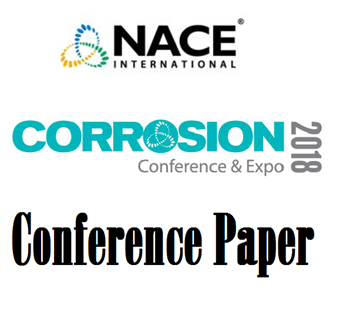Search
Development of New Titanium Alloys for Use in Aggressive Geothermal Environments
Also Purchased
51314-3831-The Service History and Performance of Titanium in Geothermal Systems
Product Number:
51314-3831-SG
ISBN:
3831 2014 CP
Publication Date:
2014
$20.00
51318-11547-Development of New Titanium Products and Alloys for Geothermal Well Casing
Product Number:
51318-11547-SG
Publication Date:
2018
$20.00
In-Situ Erosion-Corrosion Testing Equipment for Geothermal Environment and Comparative Results for T
Product Number:
51319-13457-SG
Publication Date:
2019
$20.00




